Coffee has been linked to changes on our DNA that affect how active certain genes are. The finding may help explain some of coffee’s touted health benefits.


On Earth, there are organisms that resist radiation, heat, cold, and drying, even to the point of being able to live in the space vacuum.
Genetic biotechnology is usually discussed in the context of current and emerging applications here on Earth, and rightly so, since we still live exclusively in our planetary cradle. But as humanity looks outward, we ponder what kind of life we ought to take with us to support outposts and eventually colonies off the Earth.
While the International Space Station (ISS) and the various spacecraft that ferry astronauts on short bouts through space depend on consumables brought up from Earth to maintain life support, this approach will not be practical for extensive lunar missions, much less long term occupation of more distant sites. If we’re to build permanent bases, and eventually colonies, on the Moon, Mars, asteroids, moons of outer planets or in free space, we’ll need recycling life support systems. This means air, water, and food replenished through microorganisms and plants, and it’s not a new idea.
Space exploration enthusiasts have been talking about it for decades, and it’s the most obvious application of microorganisms and plants transplanted from Earth. What is new, however, is the prospect of a comprehensive use of synthetic biology for a wide range of off-Earth outpost and colonization applications.
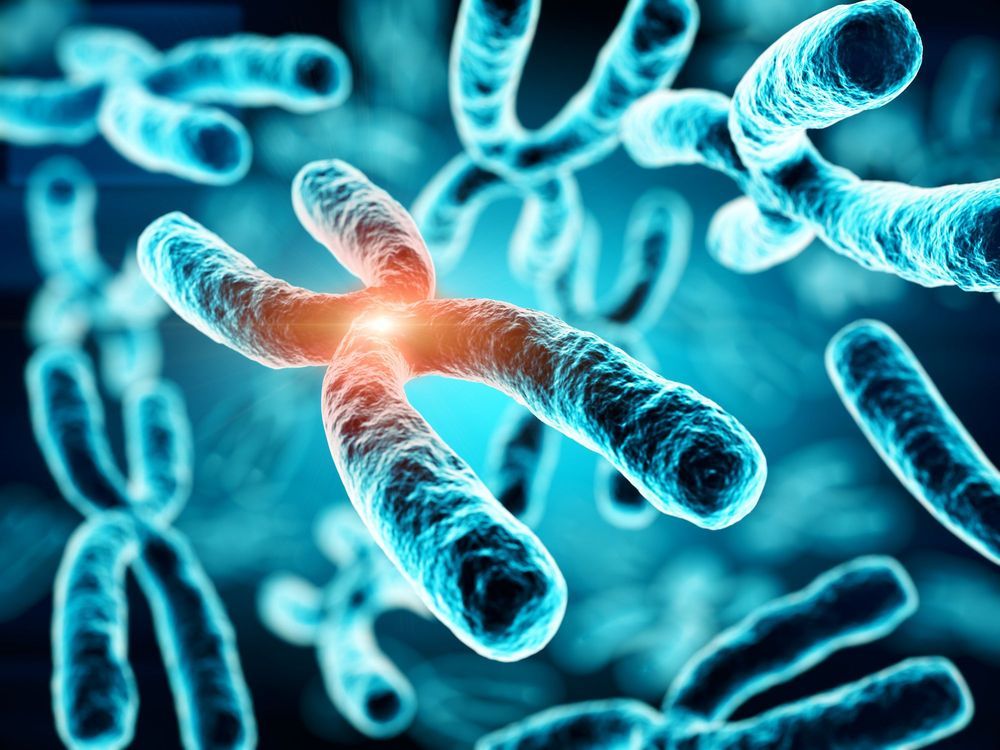
Central to a lot of scientific research into aging are tiny caps on the ends of our chromosomes called telomeres. These protective sequences of DNA grow a little shorter each time a cell divides, but by intervening in this process, researchers hope to one day regulate the process of aging and the ill health effects it can bring. A Harvard team is now offering an exciting pathway forward, discovering a set of small molecules capable of restoring telomere length in mice.
Telomeres can be thought of like the plastic tips on the end of our shoelaces, preventing the fraying of the DNA code of the genome and playing an important part in a healthy aging process. But each time a cell divides, they grow a little shorter. This sequence repeats over and over until the cell can no longer divide and dies.
This process is linked to aging and disease, including a rare genetic disease called dyskeratosis congenita (DC). This is caused by the premature aging of cells and is where the team focused its attention, hoping to offer alternatives to the current treatment that involves high-risk bone marrow transplants and which offers limited benefits.
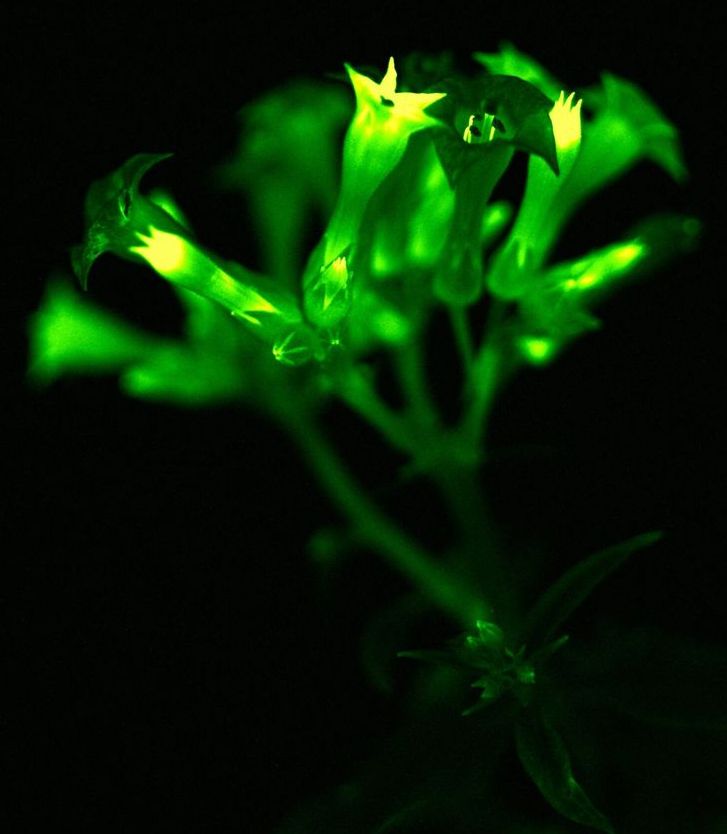
The movie Avatar evoked an imaginary world of lush bioluminescent jungles. Now the popular fascination for sustainably glowing foliage is being realized through advances in designer genetics. This week in Nature Biotechnology, scientists have announced the feasibility of creating plants that produce their own visible luminescence.
The scientists revealed that bioluminescence found in some mushrooms is metabolically similar to the natural processes common among plants. By inserting DNA obtained from the mushroom, the scientists were able to create plants that glow much brighter than previously possible.
This biological light can be used by scientists for observing the inner workings of plants. In contrast to other commonly used forms of bioluminescence, such as from fireflies, unique chemical reagents are not necessary for sustaining mushroom bioluminescence. Plants containing the mushroom DNA glow continuously throughout their lifecycle, from seedling to maturity.
Synthetic biology has been described as a kind of “genetic engineering on steroids”.
Synthetic biology …Simply mentioning this term — whether at a cocktail party or on a pop culture TV show — evokes a plethora of responses. These could range from puzzled looks to questions about the somewhat famous, though likely quixotic, quest to resurrect a woolly mammoth from remnants recovered in Siberia. Also, on the radar screen is synthetic biology as applied to the development of drugs and biological weapons. But flying below the radar — and, oddly, the sweet spot for investments by governments and private industry — is a less sexy focus on the industrial uses of synthetic biology. Such uses range from environmental clean-ups to new energy sources.
What do we mean by “synthetic biology”? To keep things simple, synthetic biology has been described as a kind of “genetic engineering on steroids”. Plain, old genetic engineering includes a range of strategies, the classic one being transgenics — copying a gene from one biological species and inserting it into the cell nucleus of another species. This has enabled bacteria to produce human insulin and plants to produce their own defenses against pests and herbicides such as glyphosate. Genetic engineering also include CRISPR technology, which can function as a kind of line item editing.
In contrast, synthetic biology involves the rewriting of large segments of the genomes of organisms, resulting in what effectively are new organisms. Whereas the mammoth revival is synthetic biology and while it gets good media attention, it’s more a cartoon use of synthetic biology. On the other hand, the transformations that could occur by creating new life forms — that’s really what synthetic biology is — may not be so sexy. Yet, they could change the world.
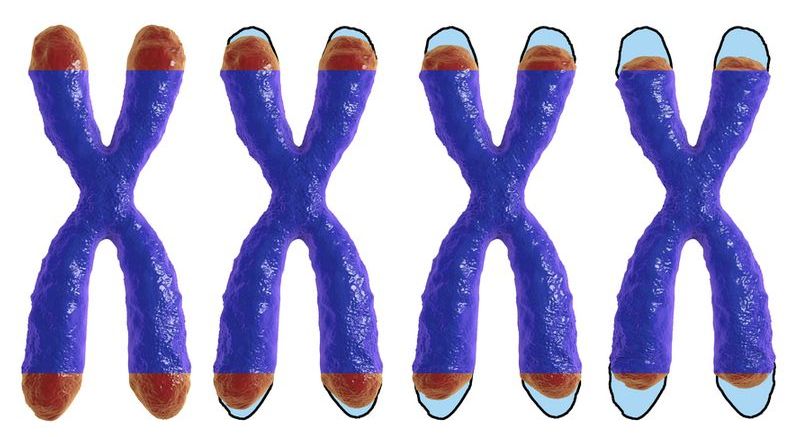
Researchers have demonstrated that it is possible to restore telomerase activity in stem cells affected by telomere biology diseases, which prevent them from producing telomerase and repairing their telomeres.
Telomeres and telomerase
Each chromosome that stores our genetic information has a protective cap at each end known as a telomere, a specific DNA sequence that is repeated thousands of times. This sequence has two purposes: it protects the coding regions of the chromosome and prevents it from being damaged, and it acts as a clock that controls the number of replications a cell can make; this is known as the Hayflick limit.
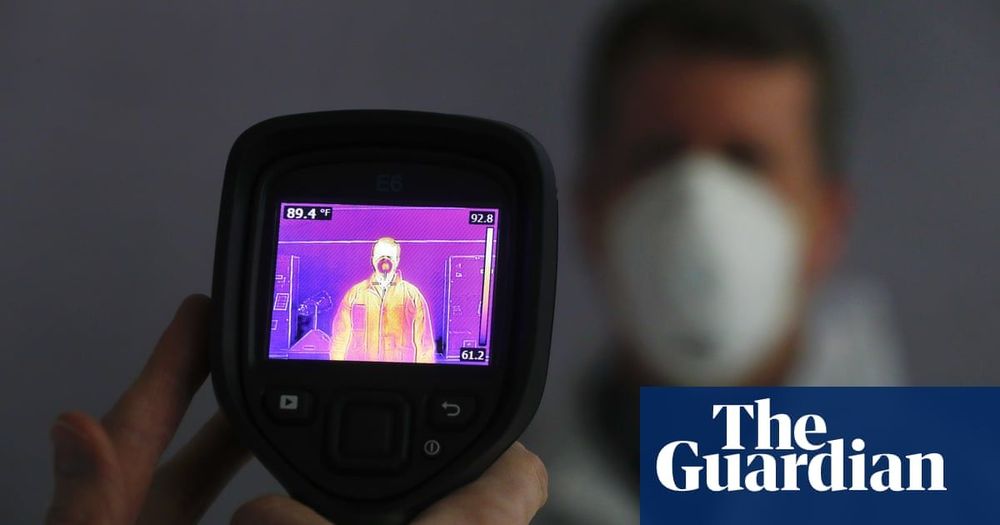
The team then focused on data from just over 2,600 twins to try to establish whether the symptoms experienced by those predicted to have Covid-19 was related to genetic makeup.
“The idea was to basically look at the similarities in symptoms or non-symptoms between the identical twins, who share 100% of their genes, and the non-identical twins, who only share half of their genes,” Prof Tim Spector, one of the scientists leading the endeavour, told the Guardian. “If there is a genetic factor in expressing the symptoms then we’d see a greater similarity in the identical [twins] than the non-identical [twins] and that is basically what we showed.”
The study, which has not yet been peer reviewed, took into account whether the twins were in the same household, with the results revealing that genetic factors explained about 50% of the differences between people’s symptoms of Covid-19.
Quantitative biologists David McCandlish and Juannan Zhou at Cold Spring Harbor Laboratory have developed an algorithm with predictive power, giving scientists the ability to see how specific genetic mutations can combine to make critical proteins change over the course of a species’ evolution.
Described in Nature Communications, the algorithm called “minimum epistasis interpolation” results in a visualization of how a protein could evolve to either become highly effective or not effective at all. They compared the functionality of thousands of versions of the protein, finding patterns in how mutations cause the protein to evolve from one functional form to another.
“Epistasis” describes any interaction between genetic mutations in which the effect of one gene is dependent upon the presence of another. In many cases, scientists assume that when reality does not align with their predictive models, these interactions between genes are at play. With this in mind, McCandlish created this new algorithm with the assumption that every mutation matters. The term “Interpolation” describes the act of predicting the evolutionary path of mutations a species might undergo to achieve optimal protein function.

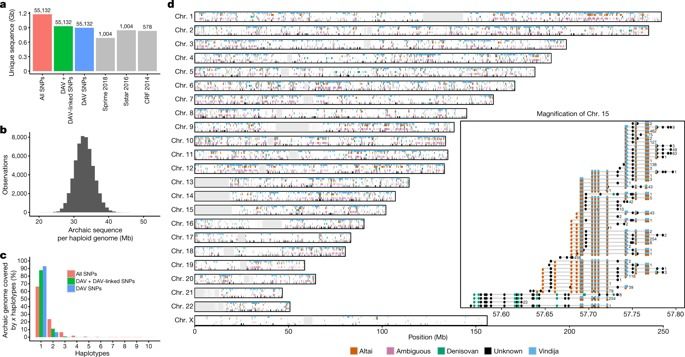
Human evolutionary history is rich with the interbreeding of divergent populations. Most humans outside of Africa trace about 2% of their genomes to admixture from Neanderthals, which occurred 50–60 thousand years ago1. Here we examine the effect of this event using 14.4 million putative archaic chromosome fragments that were detected in fully phased whole-genome sequences from 27,566 Icelanders, corresponding to a range of 56,388–112,709 unique archaic fragments that cover 38.0–48.2% of the callable genome. On the basis of the similarity with known archaic genomes, we assign 84.5% of fragments to an Altai or Vindija Neanderthal origin and 3.3% to Denisovan origin; 12.2% of fragments are of unknown origin. We find that Icelanders have more Denisovan-like fragments than expected through incomplete lineage sorting. This is best explained by Denisovan gene flow, either into ancestors of the introgressing Neanderthals or directly into humans. A within-individual, paired comparison of archaic fragments with syntenic non-archaic fragments revealed that, although the overall rate of mutation was similar in humans and Neanderthals during the 500 thousand years that their lineages were separate, there were differences in the relative frequencies of mutation types—perhaps due to different generation intervals for males and females. Finally, we assessed 271 phenotypes, report 5 associations driven by variants in archaic fragments and show that the majority of previously reported associations are better explained by non-archaic variants.